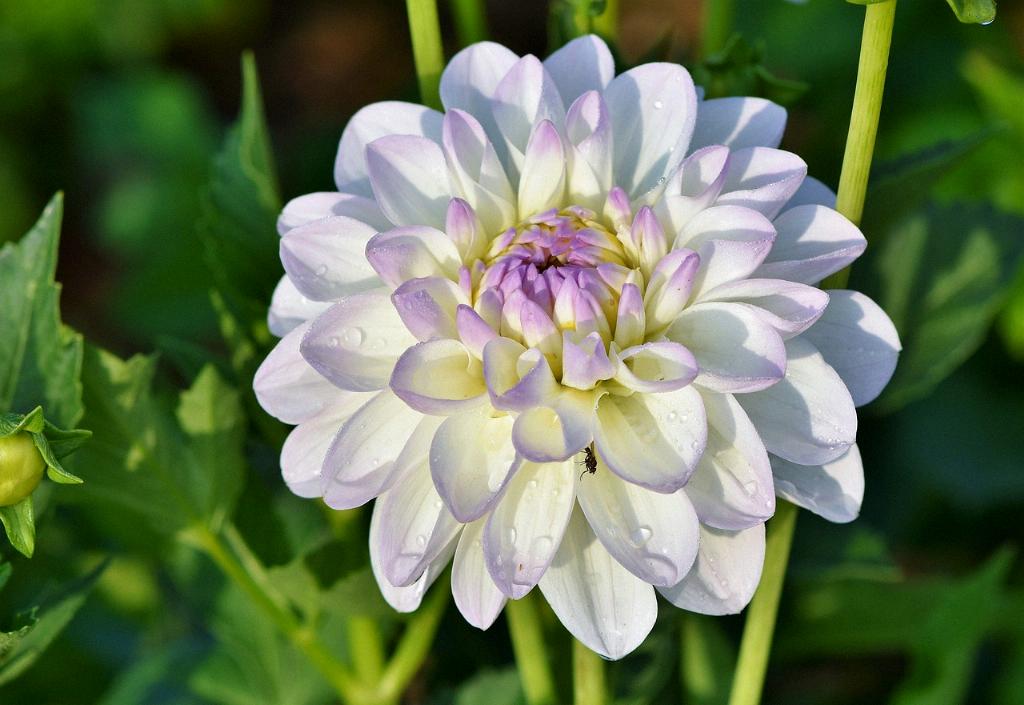When dahlias have finished flowering, it’s essential to continue caring for them properly to ensure their health and vigor for the following growing season. Dahlias are stunning and vibrant flowers that bring joy to any garden, so knowing how to care for them after flowering is crucial for their longevity.
One of the primary steps to take after dahlias have finished flowering is deadheading. This process involves snipping off the spent blooms to encourage the plant to produce more flowers. By deadheading regularly, you can prolong the flowering period of your dahlias and keep them looking tidy and attractive.
After the first frost, dahlias will start to show signs of stress, such as blackened foliage and wilted stems. It’s at this point that you should consider cutting back the foliage. Trimming the foliage down to a few inches above ground level will help the plant focus its energy on developing healthy tubers for the next growing season.
Once you have cut back the foliage, carefully dig up the dahlia tubers from the ground. Be gentle during this process to avoid damaging the tubers. After digging them up, you can clean off any excess soil and allow the tubers to dry for a few hours before storing them for winter.
Storing dahlia tubers properly is essential for their survival during the winter months. Place the cleaned and dried tubers in a box or a paper bag filled with dry peat moss or vermiculite. Make sure to label each tuber variety to avoid confusion when planting them in the spring.
When storing dahlia tubers, it’s crucial to keep them in a cool, dark, and frost-free location. Ideally, the temperature should be around 40-50 degrees Fahrenheit to prevent the tubers from rotting or sprouting prematurely. Check on the tubers periodically during the winter to ensure they are in good condition.
In regions where winters are mild, some gardeners choose to leave their dahlia tubers in the ground over the winter. If you opt for this method, make sure to add a thick layer of mulch over the tubers to protect them from frost. Mulching can help insulate the tubers and prevent damage from freezing temperatures.
Another option for overwintering dahlias in colder climates is to lift the tubers and store them in a frost-free environment, such as a basement or garage. Keep the tubers in a well-ventilated area with low humidity to prevent mold growth. Check on the tubers regularly to ensure they are not drying out or rotting.
When spring arrives, and the danger of frost has passed, it’s time to plant your dahlia tubers again. Choose a sunny location with well-draining soil for optimal growth. Plant the tubers with the eyes facing up, and cover them with a few inches of soil. Water the tubers thoroughly after planting.
Throughout the growing season, continue to deadhead your dahlias to encourage more blooms and maintain their appearance. Regular watering and fertilizing will also help keep your dahlias healthy and vibrant. Be on the lookout for pests and diseases and take prompt action to prevent any issues from spreading.
By following these post-flowering care tips for dahlias, you can ensure that your plants remain healthy and productive year after year. Properly storing and overwintering dahlia tubers is key to their survival during the colder months and sets the stage for a successful growing season ahead.

